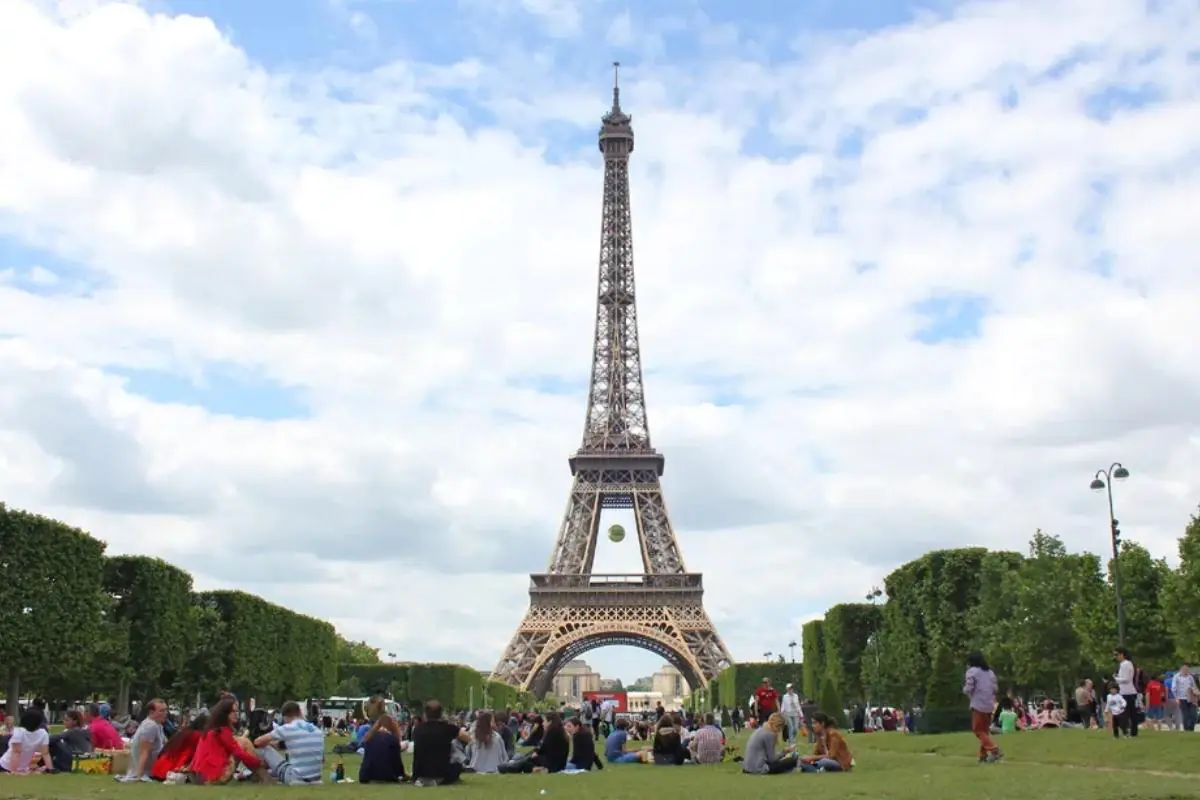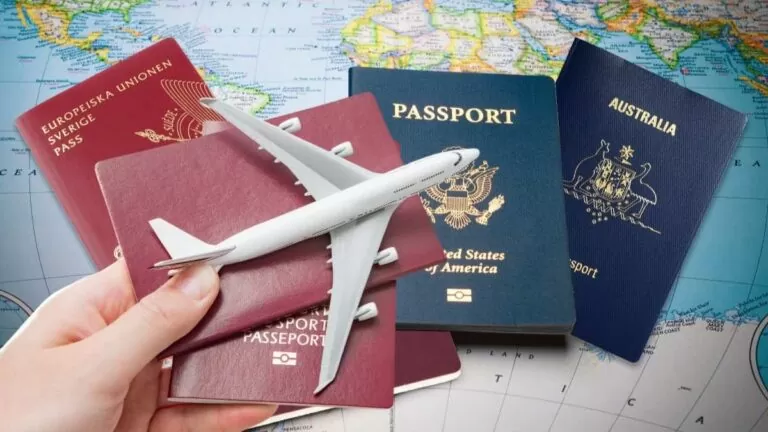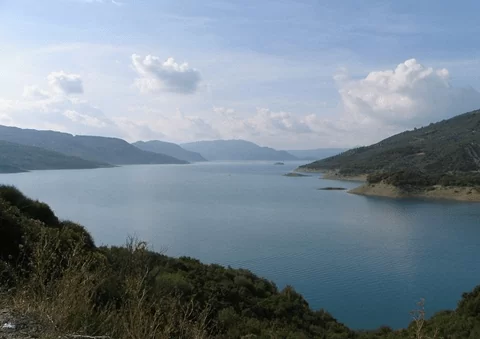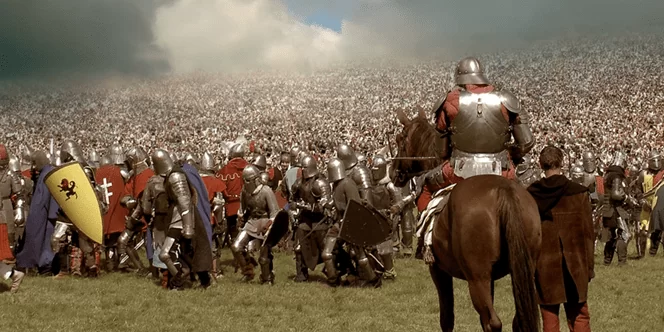Eiffel Tower Day: A Tribute To The Architectural Wonder That Defines Paris!
Eiffel Tower Day, observed annually on March 31st, commemorates the inauguration of one of the world’s most iconic structures—the Eiffel Tower. Unveiled to the public on this day in 1889, the tower has since become a symbol of Paris and a testament to architectural innovation. Standing at 1,083 feet (330 meters), it offers panoramic views of the city and attracts millions of visitors each year.
Eiffel Tower Day: Historical Background
In the late 19th century, France sought to commemorate the centennial of the French Revolution by hosting the 1889 Exposition Universelle (World’s Fair) in Paris. The French government aimed to showcase the nation’s industrial progress and engineering excellence through a grand architectural feat. A design competition was announced for the fair’s centerpiece, attracting over 100 submissions from prominent architects and engineers. Among them, the proposal by Gustave Eiffel and his team, including Maurice Koechlin and Émile Nouguier, was selected. Their vision was an iron tower standing 300 meters (984 feet) high, an ambitious and unprecedented structure for its time. Eiffel, already an established engineer, saw this as an opportunity to push the boundaries of metal construction and create a symbol of modernity. Though initially met with skepticism, the tower would soon become one of the world’s greatest architectural marvels.
Construction and Design

Construction of the Eiffel Tower began on January 28, 1887, with a workforce of 300 laborers assembling thousands of prefabricated iron pieces. Engineers and workers overcame significant challenges to erect such a tall structure using 19th-century technology, completing the project in just over two years. They officially opened the Eiffel Tower on March 31, 1889. Standing at 300 meters (984 feet), the tower consists of 18,038 iron parts, which they meticulously fastened together with 2.5 million rivets. They precisely engineered and assembled each piece to ensure maximum stability and durability.
The open-lattice design was revolutionary for its time, demonstrating that metal structures could be both lightweight and incredibly strong. Engineers carefully angled its four massive legs to distribute weight evenly, ensuring stability. Wind tunnel tests confirmed that the tower could withstand high winds and harsh weather conditions. When completed, the Eiffel Tower became the tallest man-made structure in the world, surpassing the Washington Monument. It held this title until the Chrysler Building rose in New York in 1930. Today, modern lighting systems, repainting efforts, and preservation projects ensure its continued structural integrity and aesthetic appeal.
Public Reception
When the Eiffel Tower was first unveiled, it faced harsh criticism from prominent artists, architects, and intellectuals. Many considered it an unsightly metal monstrosity that disrupted the classic elegance of Parisian architecture. A group of well-known cultural figures, including Guy de Maupassant and Charles Gounod, even signed a petition calling it a “useless and monstrous” structure. Some Parisians believed it would be dismantled after the exposition, as it was originally intended to be a temporary installation.
However, as time passed, public perception shifted dramatically. Tourists and locals alike became fascinated by the tower’s height, breathtaking views, and intricate ironwork. Over the years, the Eiffel Tower became a symbol of Paris and French ingenuity. It earned the affectionate nickname “La Dame de Fer” (The Iron Lady). The tower is now a centerpiece for cultural events, dazzling light shows, and grand celebrations. It has secured its place as an enduring landmark of France. Today, more than 7 million visitors explore the tower each year. It remains one of the most visited paid monuments in the world. The Eiffel Tower stands as a true testament to human innovation and architectural brilliance.
Celebrating Eiffel Tower Day

Eiffel Tower Day is a perfect occasion to celebrate and appreciate this magnificent architectural wonder that has captivated millions worldwide. On this day, visitors gather at the Eiffel Tower to admire its grandeur. They enjoy breathtaking panoramic views of Paris from its observation decks. The cityscape looks stunning in the golden hues of sunrise. At night, the twinkling lights make the view truly unforgettable.
For those seeking a more indulgent experience, dining at one of the tower’s exquisite restaurants, such as Le 58 Tour Eiffel or Le Jules Verne, offers a chance to enjoy fine French cuisine with an unparalleled view. These restaurants provide a unique opportunity to savor gourmet meals while surrounded by the beauty of Paris.
Beyond the views and dining, the Eiffel Tower also serves as a hub of cultural enrichment. Special exhibitions held on-site delve into the tower’s fascinating history, showcasing its evolution from a controversial structure to a globally recognized symbol of art, science, and innovation. Interactive displays, historical archives, and educational programs make the experience both informative and engaging.
For those who can’t visit in person, technology offers a way to explore the Eiffel Tower remotely. Virtual tours let people navigate the structure and enjoy stunning views. They also provide insights into its rich history from the comfort of home. Many online experiences feature 360-degree videos and guided narratives. These create an immersive journey through the tower’s past and present.
Eiffel Tower Day is more than just a tribute to an iconic structure; it’s a celebration of human ingenuity, artistic excellence, and the timeless charm of Paris. Whether physically present or virtually engaged, millions around the world come together to honor the legacy of this monumental masterpiece.
Interesting Facts
-
Color Evolution: The tower has been repainted approximately every seven years, requiring about 60 tons of paint. It has donned various shades, including red-brown and yellow.
-
Scientific Contributions: Beyond its architectural significance, the tower has served scientific purposes, such as housing meteorological equipment and aiding in early radio transmissions.
-
Cultural Impact: The Eiffel Tower has inspired countless artists, filmmakers, and writers, cementing its place in global culture. It has appeared in numerous films, literature, and artworks, symbolizing romance and adventure.
Eiffel Tower Day is more than a celebration of an architectural feat; it honors a symbol of human ingenuity and cultural significance. Whether visiting in person or exploring from afar, the Eiffel Tower continues to captivate and inspire people worldwide.







